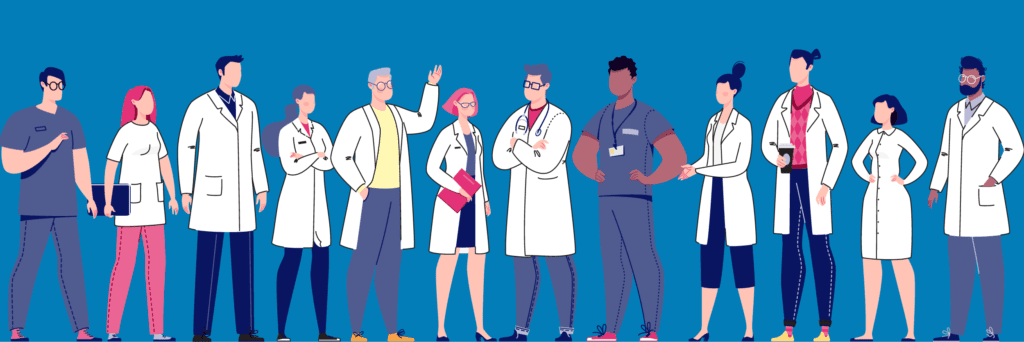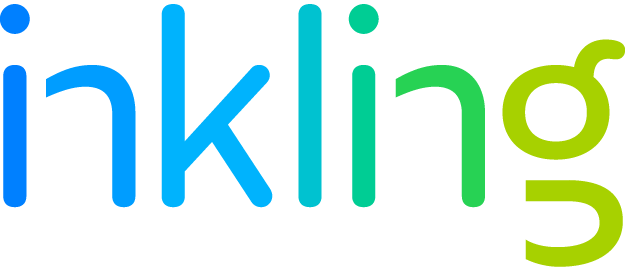Frontline Employee Training: 5 Ways Frontline Employee Training Can Uplevel the Customer Experience

Frontline employee training to uplevel the customer experience is your number one goal. There are tons of different ways to do this but the most important one to look at is your frontline worker learning and development.
- Are your frontline workers ready to deliver high levels of service?
- Do they know your brand, culture, and products so they’re ready for anything?
- Can they exemplify the brand experience in all customer interactions?
Recent research has shown that companies that have engaged employees tend to have higher customer experience metrics. Harvard Business Review wanted to quantify this into real numbers and found that: “if an average store could move from the bottom quartile to the top quartile in each of the employee experience metrics we studied, they would increase their revenue by more than 50%, and profits by nearly as much.”
The big problem you’re facing is most frontline retail workers don’t feel that they get the proper training. As much as 27% of frontline workers say training isn’t effective because it is too boring and not engaging enough. Keeping your employees prepared at the pace of business is even more challenging: 41% of employees say they aren’t offered training to develop skills for the future.
The good news is that it’s possible, and not as complicated as you think, to boost your frontline worker development. Here are five best practices for visionary companies that are relying on a digital learning platform to empower their employees to uplevel the customer experience:
Ramp up peak season employees efficiently
The holiday season is your prime time, and when it is most critical to delivering excellent customer service, maintaining well-organized shelves, and arranging displays correctly.
For one mega-retailer, giving its seasonal employees access to documents and reference guides on mobile devices is how it’s done. Instead of running for help every time a question arises, seasonal frontline employees look up answers to questions on merchandise or policies in the flow of work.
Mobile learning keeps these frontline workers (and their managers) on the floor and enables them to provide proactive customer service. With access to up-to-date job aids, tasks (like arranging displays or organizing shelves) and face-to-face service are stellar every time—even without full training.
Engage and motivate Millennial workers
Millennials are one of the least engaged groups of workers, with only 29% reporting engagement at their jobs. As a group, this generation wants to make an impact, and they want to use technology to do their jobs better. The key to improving their performance is placing answers in the palms of their hands—exactly where they are accustomed to finding information.
One quick-service restaurant chain transformed all of the static information (previously found in paper binders and PDFs) into dynamic knowledge and training accessible on inexpensive tablets. As a result, onboarding no longer takes place in a back room on a desktop computer. Employees can view videos, how-to guides, and other interactive content on their phones or tablets whenever they want. At the same time, the company decreased frontline employee’s onboarding time by 66%, saving millions of dollars.
Accelerate Frontline Employee Training Onboarding for Enhanced Customer Service
Ensuring swift and effective onboarding for new frontline employees is paramount in elevating customer service levels. The rapid adaptation of new hires is critical, yet overwhelming them with information at once often leads to forgetfulness. Providing opportunities for learning on the job is an effective strategy to expedite this process, improving customer service promptly.
Implementing a digital learning platform transformed the onboarding landscape for a quick-service restaurant, enabling consistent brand training and expediting the onboarding pace. By offering comprehensive access to essential tools and knowledge, new hires were equipped for success in nearly half the time compared to traditional methods. This dynamic approach not only accelerated onboarding but also allowed the training team to assess and refine processes continuously, ensuring happier employees and a more consistent customer experience.
Enhance Operational Efficiency Through Streamlined Training
Efficient frontline employee training instills a sense of significance in their roles and fosters an understanding of their contribution to the larger organizational objectives. Centralizing operational documents is crucial; disparate systems or static PDFs hinder employees from accessing critical information, resulting in operational inefficiencies.
One high-end grocery chain recognized the drawbacks of scattered training content and its limited accessibility, only available on desktops while staff interacted with customers. A transition to an intuitive digital library ensured instant access to updated, engaging, and mission-critical content. Equipped with easy-to-use content authoring tools, the training team now delivers materials promptly, enhancing operational efficiency and customer service across the company.
Empower Frontline Workers with Real-Time Knowledge
Empowering frontline workers with accurate and readily available information is pivotal in enabling them to perform their roles more effectively. Outdated or slow-to-update content impedes this process, hindering their ability to execute tasks proficiently.
A leading retail giant set an ambitious goal to increase the number of shoplifters caught annually by 300%. Leveraging a digital learning platform, the training team seamlessly updated and distributed loss prevention training in real time. This approach ensured frontline employees constantly had the most accurate store policies and procedures, facilitated by automatic live updates. With searchable content, relevant information surfaces instantly, enabling swift response and action, thereby enhancing security and operational efficiency.
Investing in ramping up seasonal workers, effectively engaging and onboarding Millennial workers, and driving operational efficiency through comprehensive frontline employee training are pivotal strategies in enhancing the overall customer experience. Take a look at our infographic for a quick takeaway!


